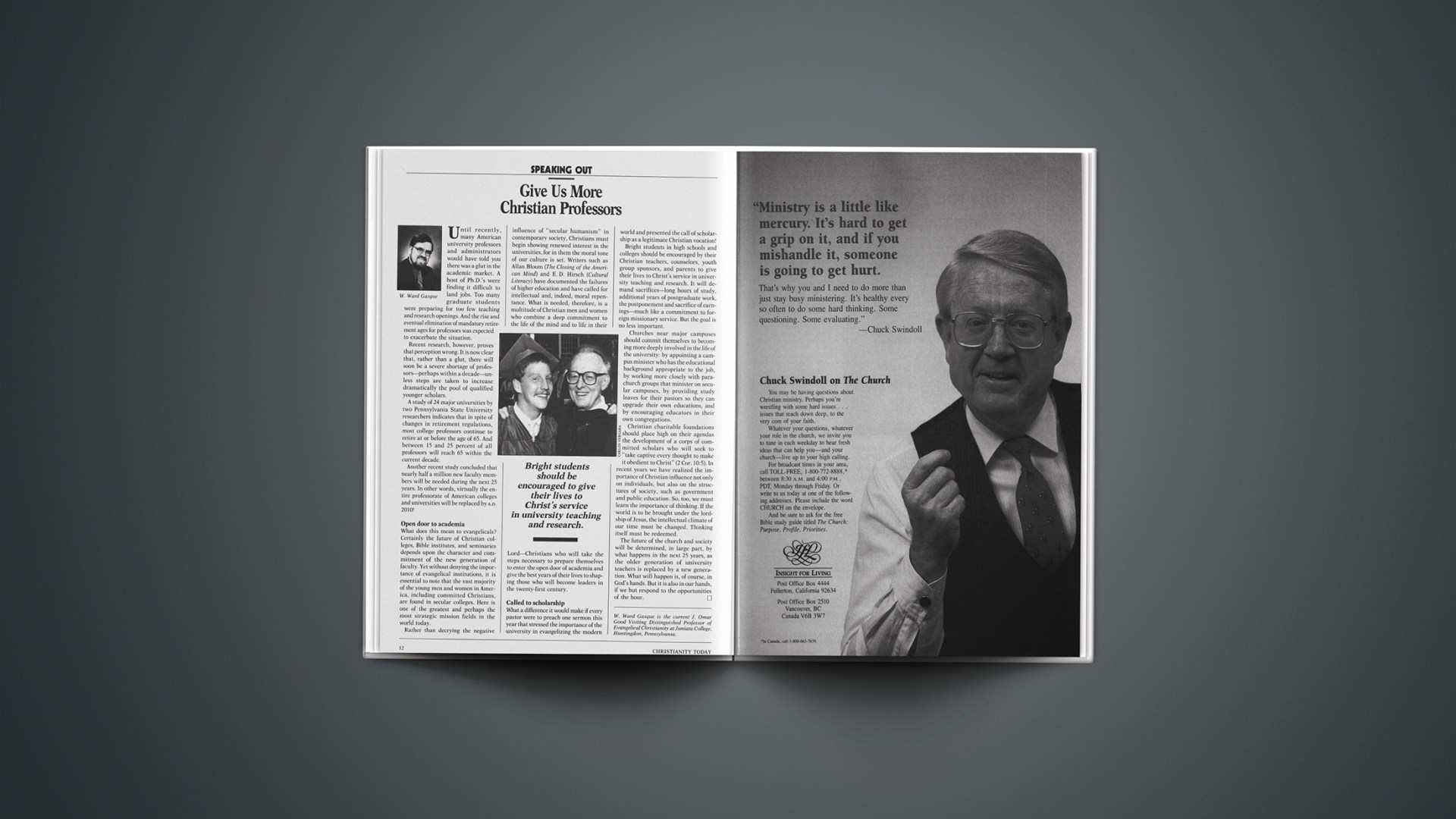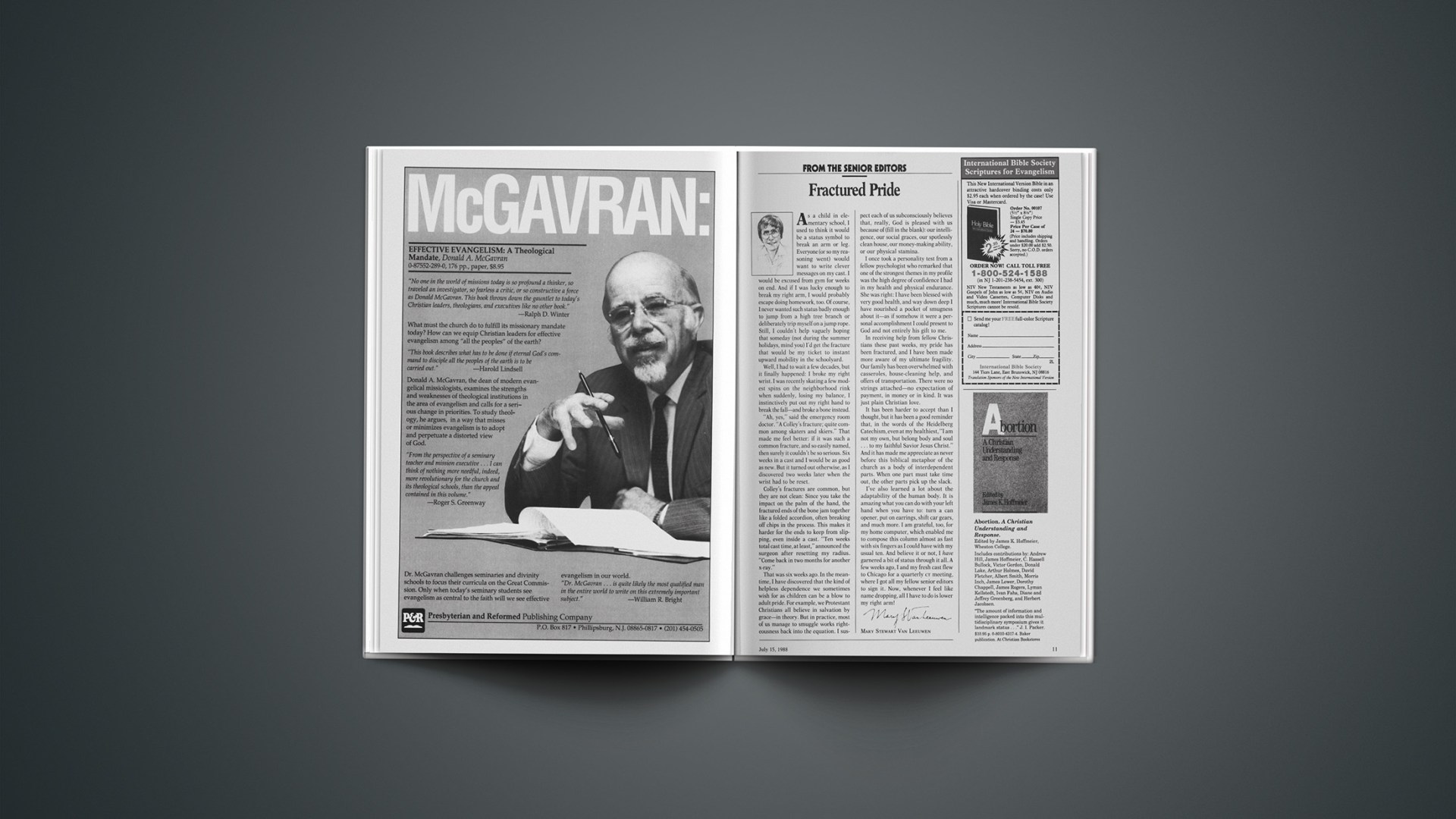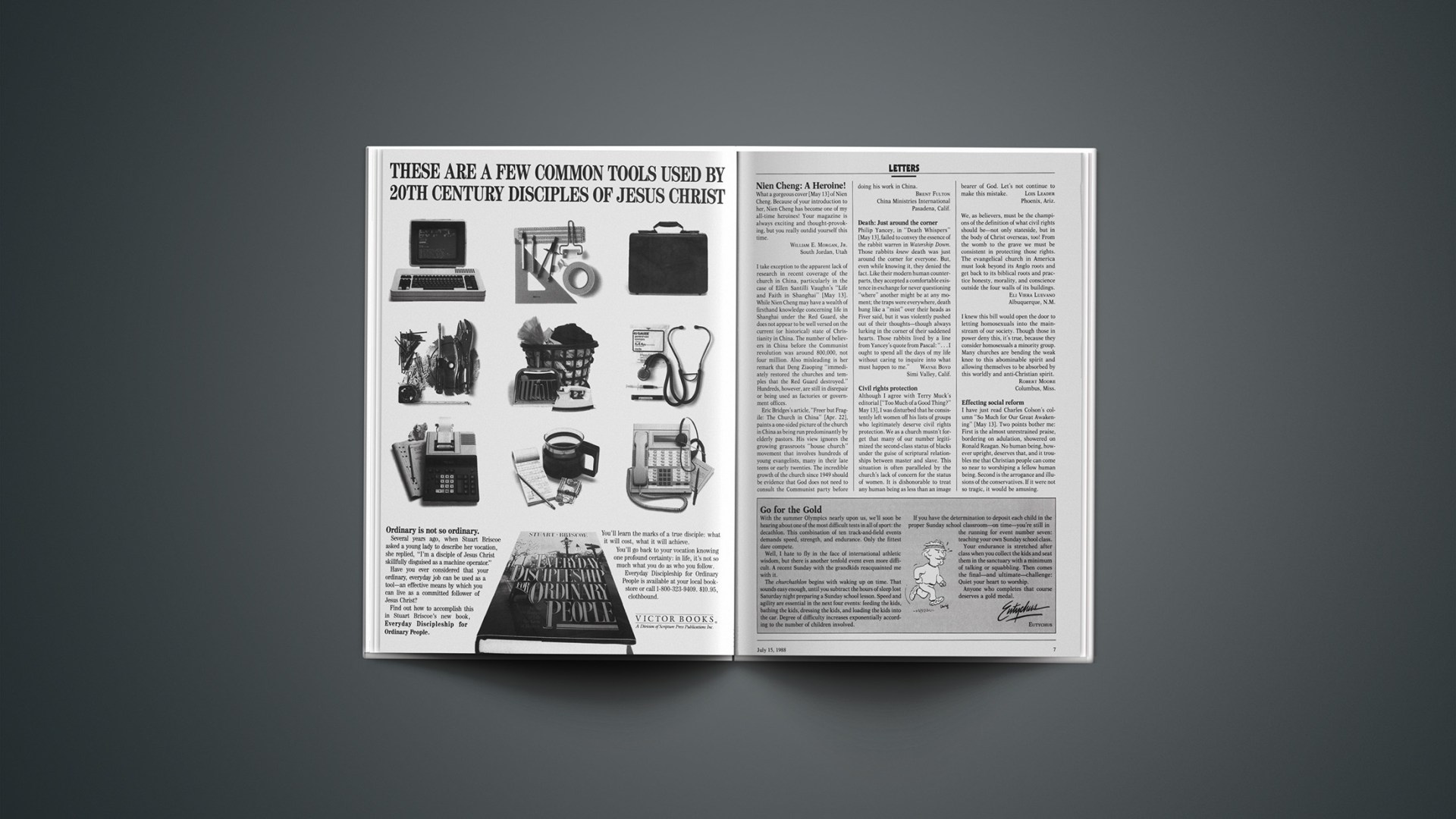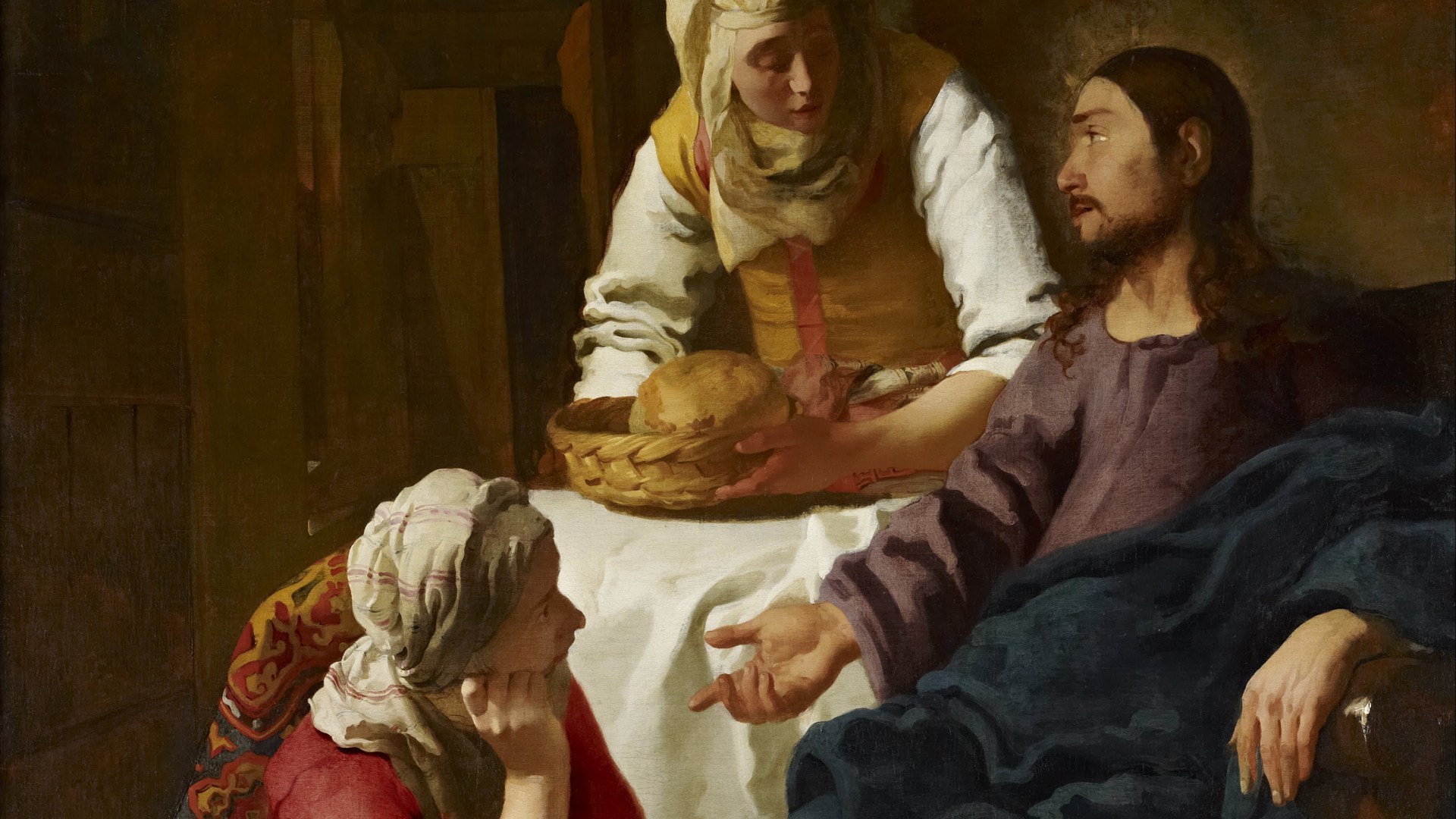Until recently, many American university professors and administrators would have told you there was a glut in the academic market. A host of Ph.D.’s were finding it difficult to land jobs. Too many graduate students were preparing for too few teaching and research openings. And the rise and eventual elimination of mandatory retirement ages for professors was expected to exacerbate the situation.
Recent research, however, proves that perception wrong. It is now clear that, rather than a glut, there will be a severe shortage of professors—perhaps within a decade—unless steps are taken to increase dramatically the pool of qualified younger scholars.
A study of 24 major universities by two Pennsylvania State University researchers indicates that in spite of changes in retirement regulations, most college professors continue to retire at or before the age of 65. And between 15 and 25 percent of all professors will reach 65 within the current decade.
Another recent study concluded that nearly half a million new faculty members will be needed during the next 25 years. In other words, virtually the entire professorate of American colleges and universities will be replaced by A.D. 2010!
Open Door To Academia
What does this mean to evangelicals? Certainly the future of Christian colleges, Bible institutes, and seminaries depends upon the character and commitment of the new generation of faculty. Yet without denying the importance of evangelical institutions, it is essential to note that the vast majority of the young men and women in America, including committed Christians, are found in secular colleges. Here is one of the greatest and perhaps the most strategic mission fields in the world today.
Rather than decrying the negative influence of “secular humanism” in contemporary society, Christians must begin showing renewed interest in the universities, for in them the moral tone of our culture is set. Writers such as Allan Bloom (The Closing of the American Mind) and E. D. Hirsch (Cultural Literacy) have documented the failures of higher education and have called for intellectual and, indeed, moral repentance. What is needed, therefore, is a multitude of Christian men and women who combine a deep commitment to the life of the mind and to life in their Lord—Christians who will take the steps necessary to prepare themselves to enter the open door of academia and give the best years of their lives to shaping those who will become leaders in the twenty-first century.
Called To Scholarship
What a difference it would make if every pastor were to preach one sermon this year that stressed the importance of the university in evangelizing the modern world and presented the call of scholarship as a legitimate Christian vocation!
Bright students in high schools and colleges should be encouraged by their Christian teachers, counselors, youth group sponsors, and parents to give their lives to Christ’s service in university teaching and research. It will demand sacrifices—long hours of study, additional years of postgraduate work, the postponement and sacrifice of earnings—much like a commitment to foreign missionary service. But the goal is no less important.
Churches near major campuses should commit themselves to becoming more deeply involved in the life of the university: by appointing a campus minister who has the educational background appropriate to the job, by working more closely with parachurch groups that minister on secular campuses, by providing study leaves for their pastors so they can upgrade their own educations, and by encouraging educators in their own congregations.
Christian charitable foundations should place high on their agendas the development of a corps of committed scholars who will seek to “take captive every thought to make it obedient to Christ” (2 Cor. 10:5). In recent years we have realized the importance of Christian influence not only on individuals, but also on the structures of society, such as government and public education. So, too, we must learn the importance of thinking. If the world is to be brought under the lordship of Jesus, the intellectual climate of our time must be changed. Thinking itself must be redeemed.
The future of the church and society will be determined, in large part, by what happens in the next 25 years, as the older generation of university teachers is replaced by a new generation. What will happen is, of course, in God’s hands. But it is also in our hands, if we but respond to the opportunities of the hour.
W. Ward Gasque is the current J. Omar Good Visiting Distinguished Professor of Evangelical Christianity at Juniata College, Huntingdon, Pennsylvania.







